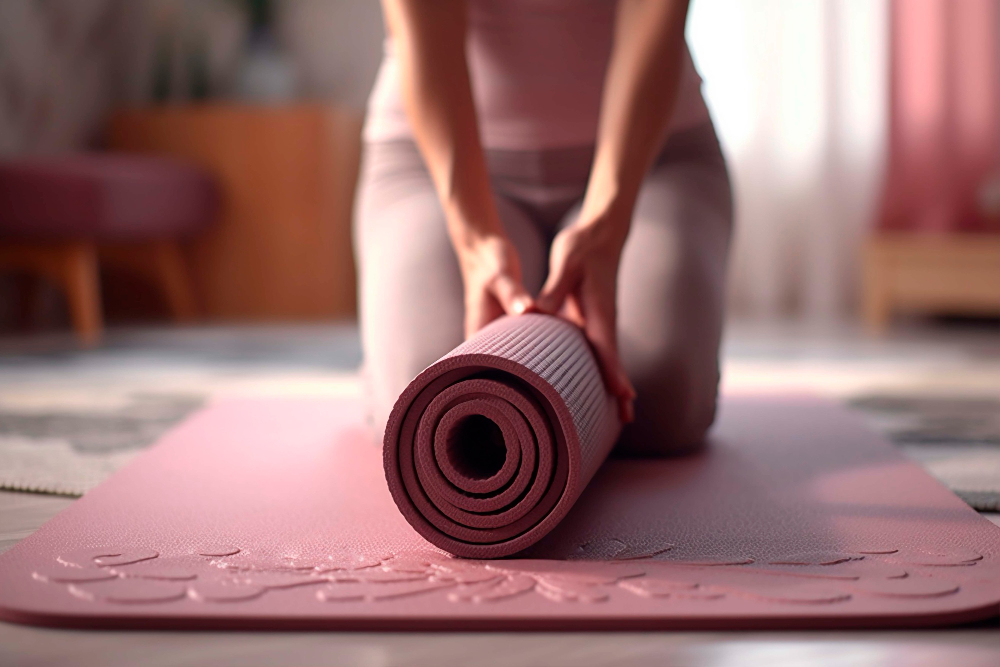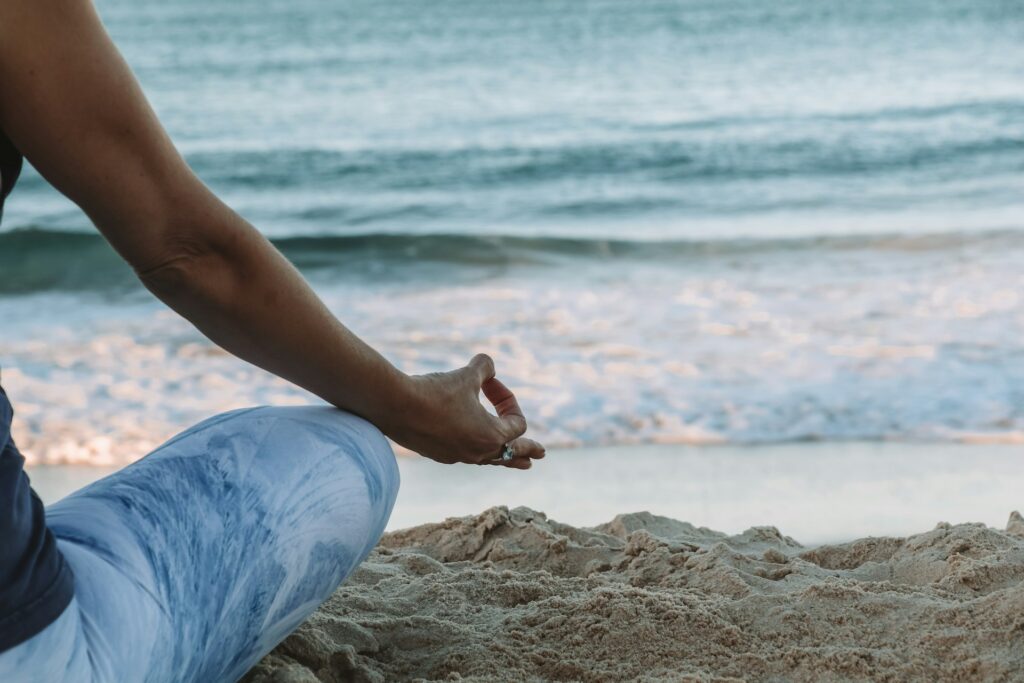Let’s be honest—most of us have a pretty confused relationship with stretching. We know we’re “supposed” to do it, but half the time we’re not sure why. Maybe you’re one of those people who religiously stretches before every workout because someone told you it prevents injuries. Or perhaps you skip it entirely because you heard it doesn’t actually help with anything.
Well, grab a comfortable seat (and maybe prep for a gentle stretch afterward), because we’re about to dive into what stretching actually does for your body—and more importantly, what it doesn’t do despite what you might have heard.
The Great Stretching Confusion
Here’s the thing that drives me crazy: we’ve been fed so much conflicting information about stretching that most people either worship it like a magic bullet or dismiss it as completely useless. The truth? It’s way more nuanced than either extreme.
I’ve watched friends spend 20 minutes doing elaborate pre-workout stretching rituals, convinced they’re bulletproofing themselves against injury. I’ve also seen people completely abandon stretching after reading some article about how it’s “scientifically proven” to be worthless.
Both approaches miss the point entirely.
What Stretching Actually Does
Let’s start with what the research actually shows stretching can do for you:
It genuinely improves flexibility. This one’s pretty straightforward, but it’s worth emphasizing because it’s one of the few stretching benefits that’s consistently backed by solid research. Research shows that static stretching has a moderate positive effect on flexibility when done for about four minutes per session, and chronic static stretching (10 minutes per week) has a large positive effect on flexibility.
It helps maintain range of motion. Stretching keeps the muscles flexible and healthy, and we need that flexibility to maintain a range of motion in the joints. Think of it like this: if you don’t regularly move your joints through their full range, they gradually lose that ability. It’s a classic “use it or lose it” scenario.
It can contribute to better posture. When certain muscle groups get chronically tight (hello, hip flexors and chest muscles from all that sitting), they can pull your body out of alignment. Research found that a combination of strengthening and stretching specific muscle groups can reduce musculoskeletal pain and encourage proper alignment.
It feels pretty great. Okay, this isn’t exactly scientific, but anyone who’s done a good stretch session knows that feeling of release and relaxation. There’s something to be said for activities that make you feel better, even if we can’t perfectly quantify all the mechanisms.
The Stretching Myths That Just Won’t Die
Now for the part that might ruffle some feathers—let’s talk about what stretching probably isn’t doing for you:
Myth #1: Stretching Before Exercise Prevents Injuries
This is probably the most persistent stretching myth out there, and I get why people believe it. It seems logical, right? Loosen up the muscles before you ask them to work hard.
Unfortunately, there is no evidence to back up the claim that stretching before exercising reduces your risk for injury. Multiple studies have looked at this, and the connection just isn’t there.
What’s more effective for injury prevention? A proper warm-up that gradually increases your heart rate and gets blood flowing to your muscles. Think light cardio, dynamic movements, and sport-specific motions rather than static stretches.
Myth #2: You Must Stretch Before Every Workout
This myth goes hand-in-hand with the injury prevention one. Using static stretching in a warm-up prior to an athletic competition may actually negatively impact performance.
Static stretching before intense activity can temporarily reduce muscle power and strength. It’s like trying to perform when your muscles are in “chill mode” instead of “let’s go” mode.
Myth #3: Stretching Eliminates Muscle Soreness
Sorry to burst this bubble, but stretching doesn’t prevent soreness or meaningfully contribute to recovery in the way many people assume. That post-workout soreness you feel? It’s primarily from microscopic muscle damage and inflammation, and gentle stretching isn’t going to magically make that disappear.
This doesn’t mean stretching feels bad when you’re sore—many people find it soothing—but don’t expect it to be a cure-all for muscle recovery.
Myth #4: More Stretching = Better Results
Like most things in fitness, more isn’t always better. You don’t need to spend an hour stretching to see benefits. Quality over quantity applies here just as much as anywhere else.
Static vs. Dynamic: The Timing Game
Here’s where things get interesting. Not all stretching is created equal, and timing matters more than most people realize.
Static stretching (holding stretches for 15-60 seconds) has its place, but that place is generally not right before high-intensity activity. Static stretches should be used as part of your cool-down routine and as a maintenance stretching program.
Dynamic stretching (moving stretches that take joints through their range of motion) is your pre-workout friend. Dynamic stretches aim to improve circulation, enhance performance and reduce injury risk. Think leg swings, arm circles, and walking lunges rather than touching your toes and holding it.
So, When Should You Actually Stretch?
Based on what we know, here’s a more strategic approach to stretching:
Before workouts: Focus on dynamic movements that mimic what you’re about to do. If you’re going for a run, do leg swings and walking lunges. If you’re lifting upper body, do arm circles and gentle torso twists.
After workouts: This is prime time for static stretching. Your muscles are warm, you’re winding down, and this is when static stretching can actually feel great and help maintain flexibility.
On rest days: Longer stretching sessions can be part of your recovery routine. This is when you can focus on those chronically tight areas or simply enjoy the relaxation aspect.
Throughout the day: If you sit a lot (and let’s be real, most of us do), occasional stretching breaks can help counteract some of the postural adaptations that come with prolonged sitting.
Realistic Expectations
Look, I’m not here to completely trash stretching. It has its place in a well-rounded fitness routine. But I am here to encourage you to have realistic expectations about what it can and can’t do.
Stretching isn’t going to transform your athletic performance overnight. It’s not going to prevent all injuries or eliminate muscle soreness. But it can help you maintain flexibility, feel more comfortable in your body, and provide a few minutes of mindful movement in your day.
The key is understanding what you’re trying to achieve and choosing the right type of stretching at the right time. Don’t stretch because you think you have to—stretch because it serves a specific purpose in your routine.
And honestly? If you enjoy stretching and it makes you feel good, that’s reason enough to keep doing it. Not everything needs to be justified by performance metrics or injury statistics. Sometimes feeling better in your own skin is benefit enough.
Making Stretching Work for You
If you’re going to incorporate stretching into your routine (and there are good reasons to do so), here are some practical tips:
Start small. Five to ten minutes of targeted stretching is infinitely better than planning an hour-long session that you’ll never actually do.
Focus on your problem areas. We all have those spots that feel chronically tight. Maybe it’s your hamstrings, your shoulders, or your hip flexors. Target those areas consistently rather than trying to stretch everything.
Listen to your body. Stretching should feel like a gentle pull, not sharp pain. If something hurts, back off. Your body will tell you what it needs if you pay attention.
Be consistent. Like most things related to fitness, consistency beats intensity. A few minutes of stretching several times a week will serve you better than one marathon stretching session.
Don’t overthink it. You don’t need to be a yoga expert or have perfect form. Basic stretches done regularly will get you most of the benefits.
The Real Talk
At the end of the day, stretching is just one piece of the movement puzzle. It’s not magic, but it’s not worthless either. It’s a tool that, when used appropriately, can help you feel more comfortable and move better.
The most important thing is to approach it with realistic expectations. Don’t expect stretching to solve all your physical problems, but don’t dismiss it entirely either. Like most things in life, the truth lies somewhere in the middle.
Your body is designed to move through full ranges of motion. Modern life—with all its sitting, repetitive motions, and stress—often works against that design. Stretching is one way to gently remind your body of what it’s capable of.
So go ahead, touch your toes. Roll your shoulders. Reach for the sky. Just know that you’re doing it for flexibility, relaxation, and the simple pleasure of movement—not because you’re preventing injuries or revolutionizing your fitness game.
And you know what? That’s perfectly fine. Sometimes the best things we do for our bodies are the simple ones.

Disclaimer: This content is for informational and educational purposes only and should not be considered medical advice. Always consult with healthcare professionals before starting any new exercise or stretching routine, especially if you have existing health conditions or concerns. Individual results may vary, and what works for one person may not work for another.
Sources: Information in this article is based on current research and publications from Harvard Health Publishing, Mayo Clinic, various sports medicine journals, and peer-reviewed studies on stretching and flexibility. Always verify information with current medical literature and professional guidance.



